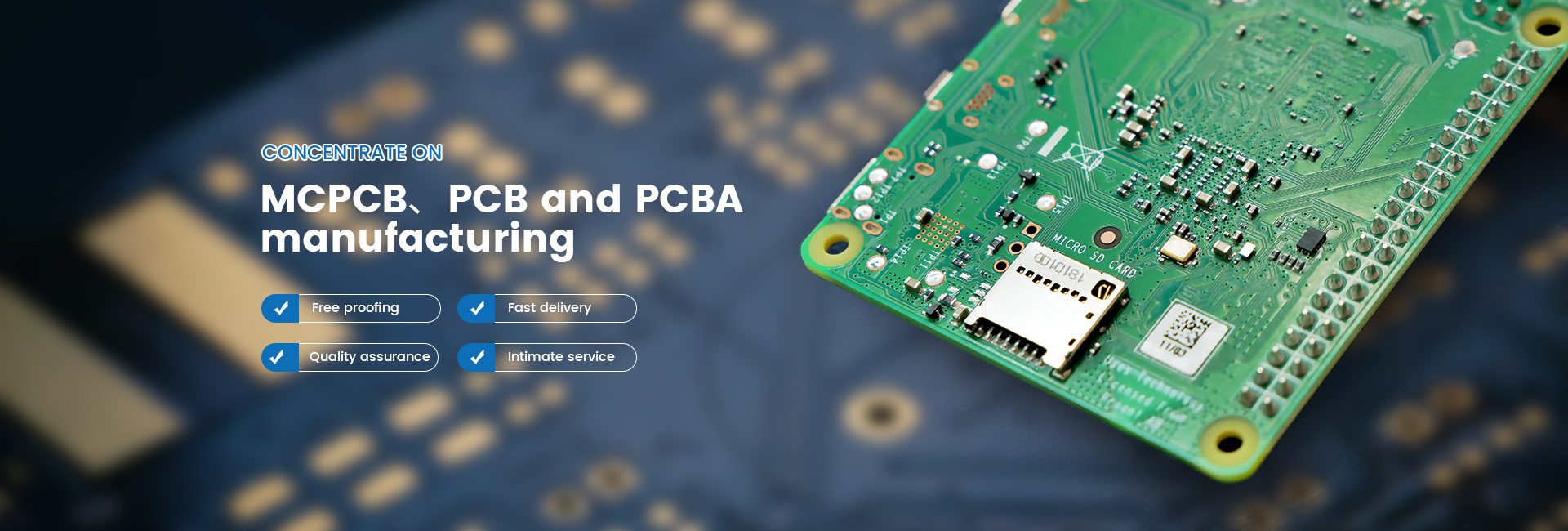Time:2023-02-17 Visit:
At present, during the production cycle of sinking copper, rectification and graphic transfer during the production process of double -sided and multi -layer PCB, the oxidation problem of the copper layer in the panel surface and the hole (from its small hole) seriously affects graph transfer and graphic graphics and graphics The quality of electroplating; in the inner layer plate, the increased AOI scanning premium caused by oxidation, which seriously affects the test efficiency of AOI; such incidents have always been comparison in the industry. Now Do some discussions for antideox.

1. At present, the method and status quo of copper surface oxidation in PCB production
1.1 Copper Copper -Anti -oxidation after Plating Plating
Most of the plates after Shen copper and rectification are plated. Most of the boards will pass:
(1) 1-3%dilute sulfuric acid treatment;
(2) High temperature drying at 75-85 ° C;
(3) Then place the frame or stack plate, wait for the dry film or print the wet film for graphic transfer;
(4) In the process, the board needs to be placed for 2-3 days, as many as 5-7 days;
(5) At this time, the copper layer of the plate and in the hole has long been oxidized into "black".
Before the graphic transfer, the copper layer of the plate surface is treated in the form of "3%dilute sulfuric acid+abrasive brush". The hole in the hole only has the effect of washing, and it is difficult to achieve the ideal effect during the drying process in front of the small hole; therefore, the small hole is often due to dryness and hidden water. The surface of the plate is much more severe, and it is not stubbly oxide to rely on the pice. This may cause the board to be scrapped by copper without copper in the holes after graphic electroplating and etching.
1.2 Anti -oxidation in the inner layer of multi -layer plate
Usually after the inner line is completed, that is, it has been treated with development, etching, retreating, and 3%dilute sulfuric acid. Then store and transfer and wait for AOI scanning and testing through film separation; although in the process, operation, transfer, etc. will be particularly careful and careful, but the surface of the plate is inevitable There will be a large number of counterfeit points when AOI scanning, and the test of AOI is performed based on the scanned data, that is, all scanning points (including the counterfeit) AOI must be tested, which causes the test efficiency of AOI to be very low.
2. Introduce some discussion of copper surface anti -oxidant
At present, a number of PCB suppliers have different copper surface anti -oxidants for production; the main working principle is: using organic acids and copper atoms to form covalent bonds and cooperative bonds, and replace each other more chain polymers with each other. The surface of the copper surface is composed of a multi -layer protective film, so that the surface of the copper is not oxidized and reduced, and the hydrogen does not occur, thereby preventing oxidation. According to our usage and understanding in actual production, the copper surface anti -oxidant generally has the following advantages:
a. Simple craftsmanship, wide applicable range, easy to operate and maintain;
b. The water -soluble process, without halide and chromate, is conducive to environmental protection;
c. The fading of the anti -oxidized protective film generated by the generated anti -oxidized protective film requires only the conventional "pickling+abrasive brush" process;
d. The generated anti -oxidized protective film does not affect the welding performance of the copper layer and almost does not change the contact resistance.